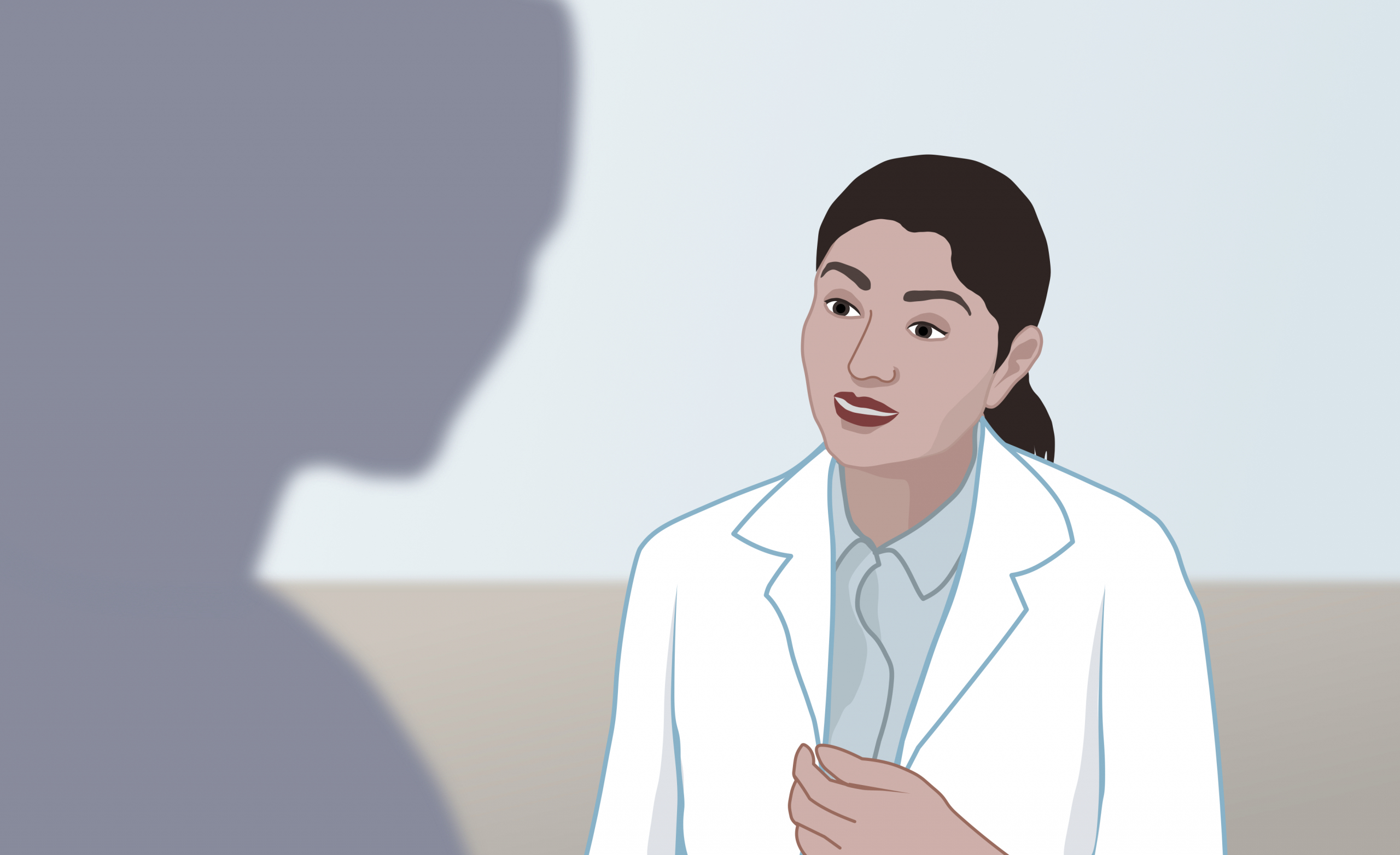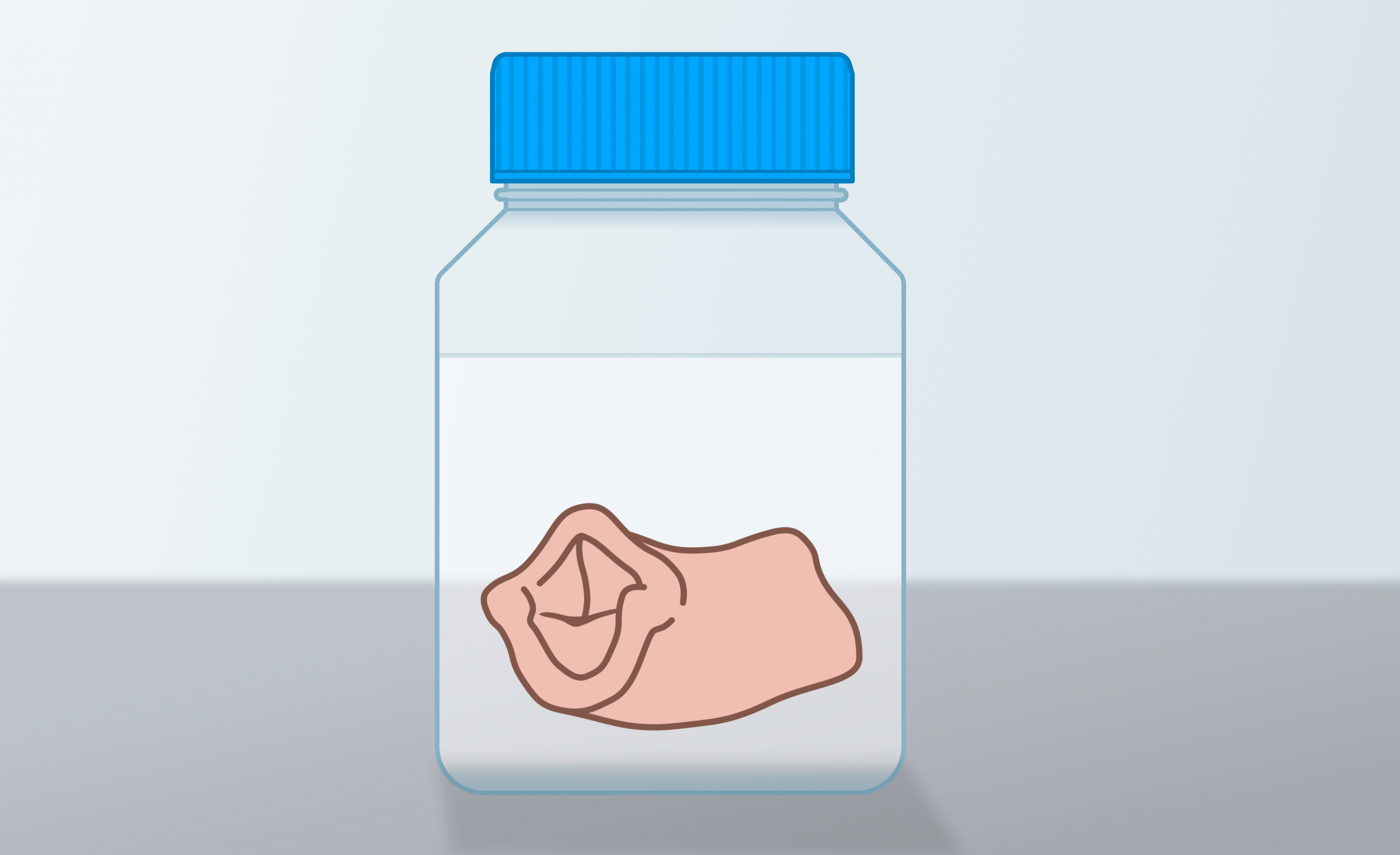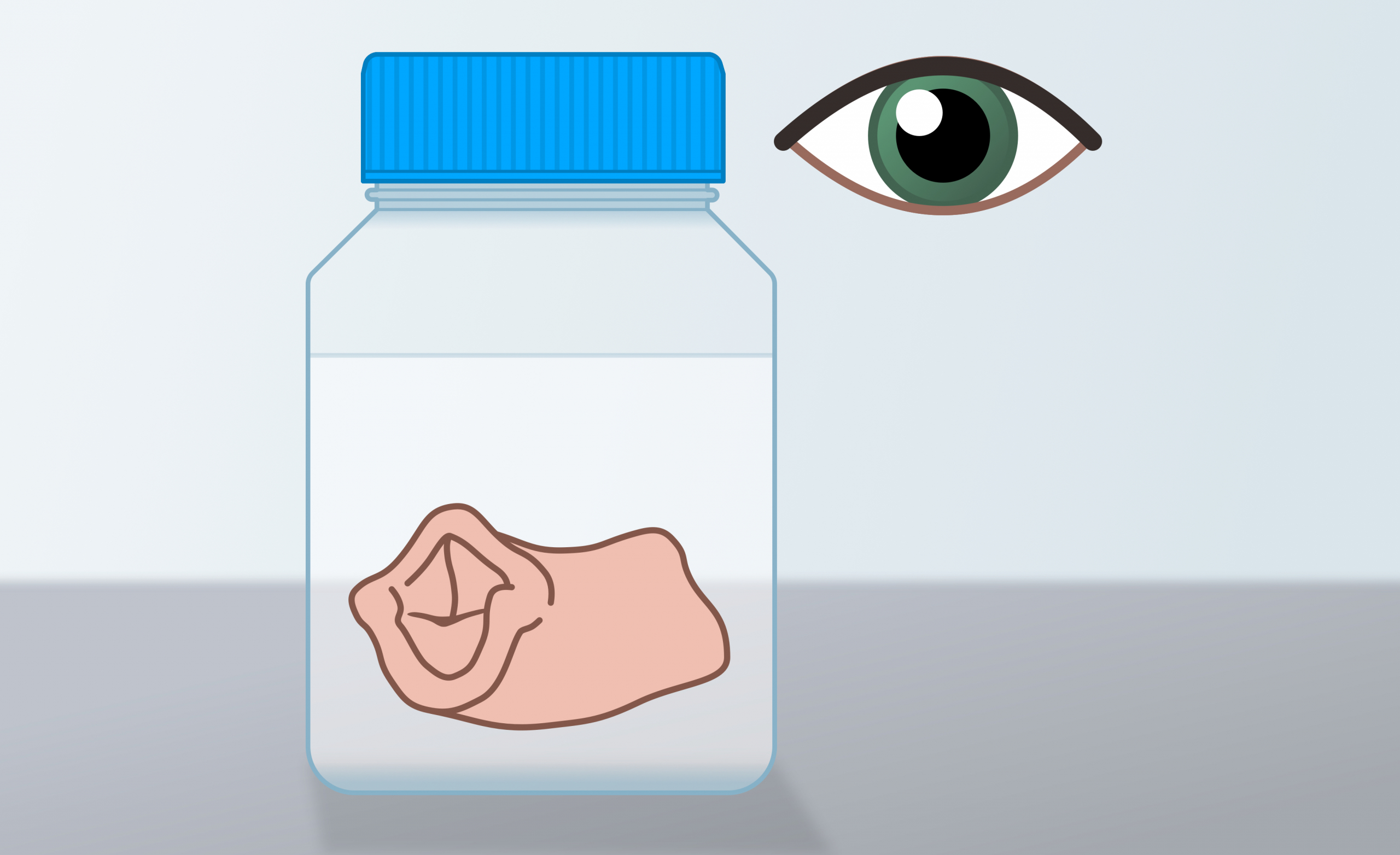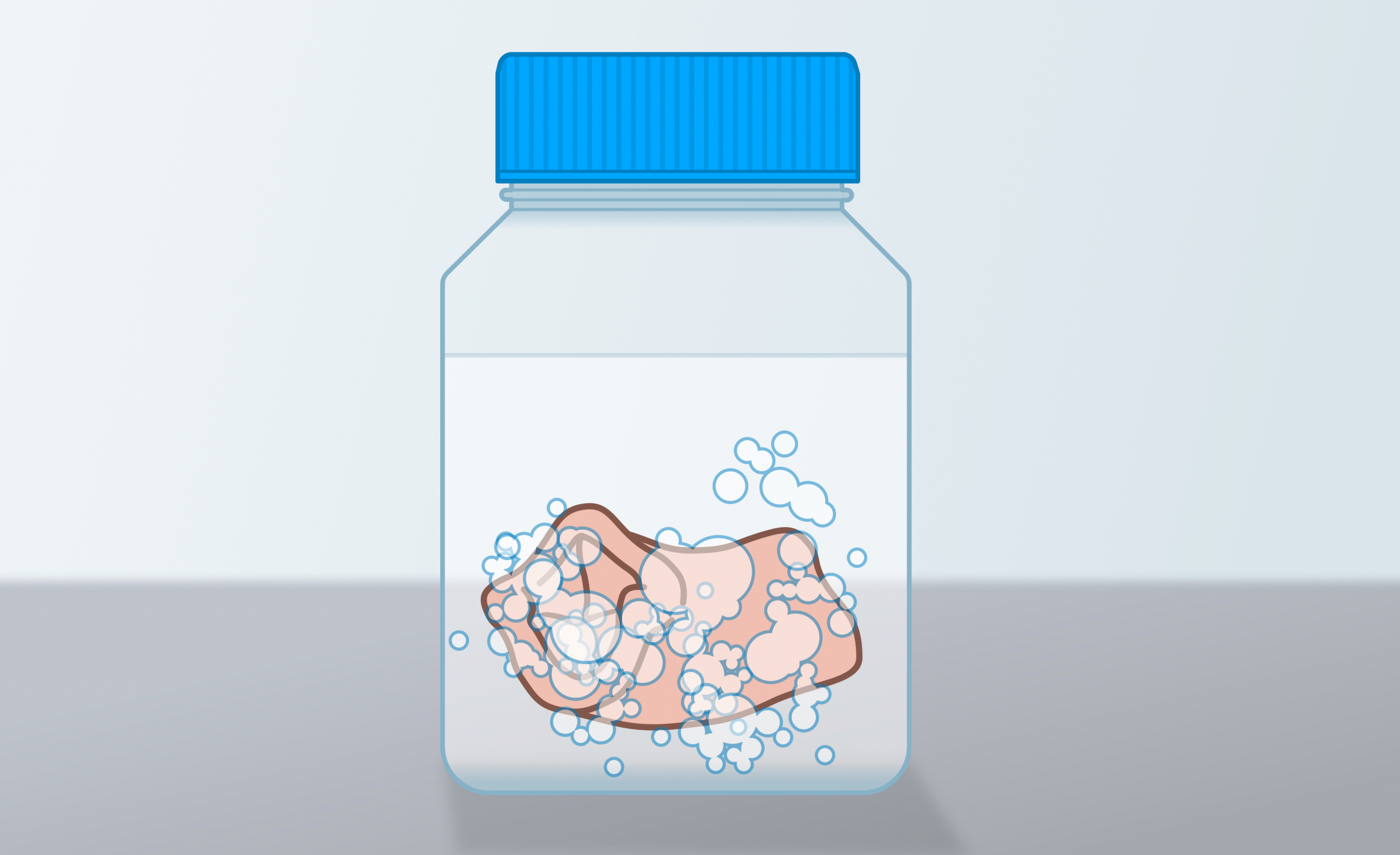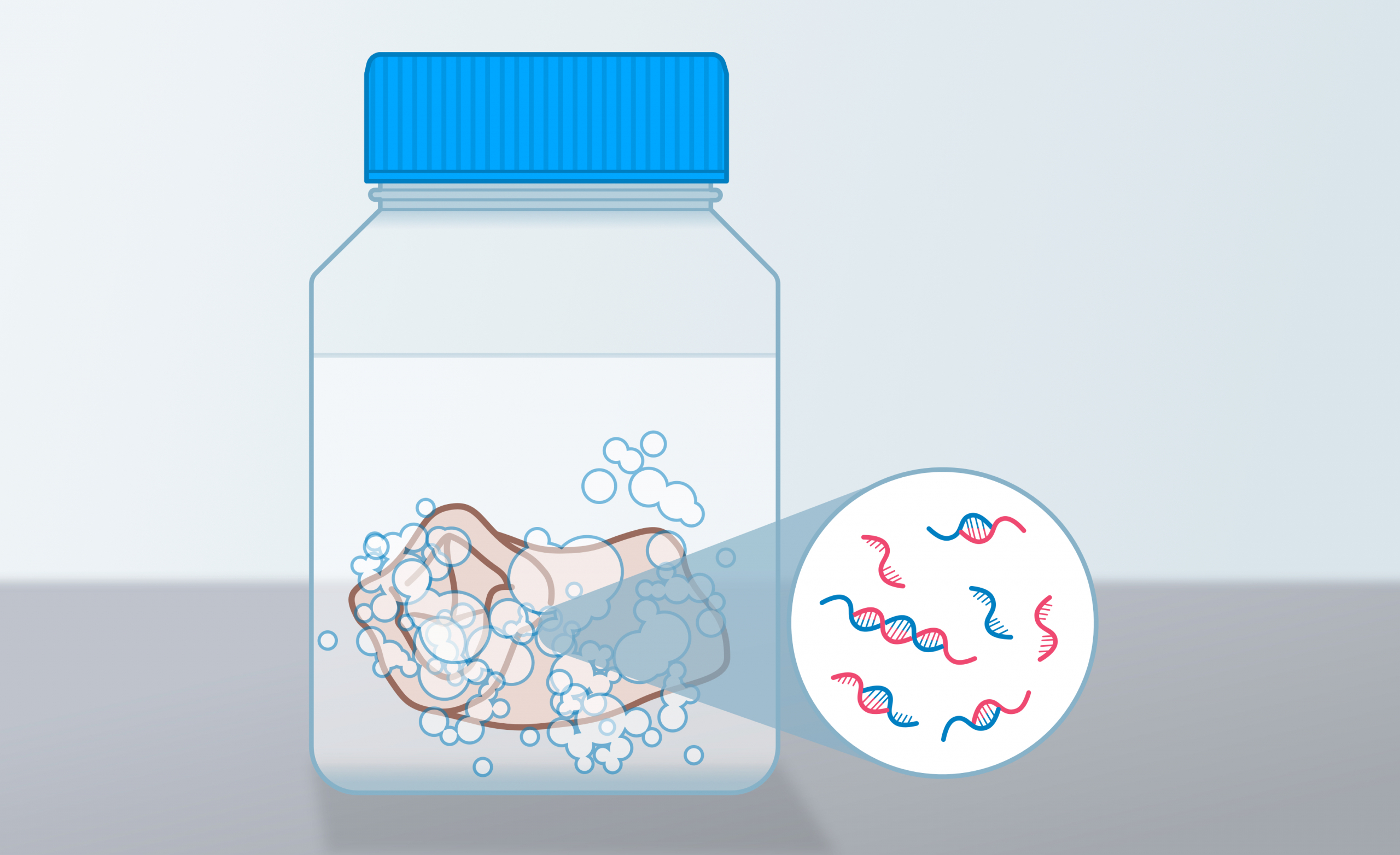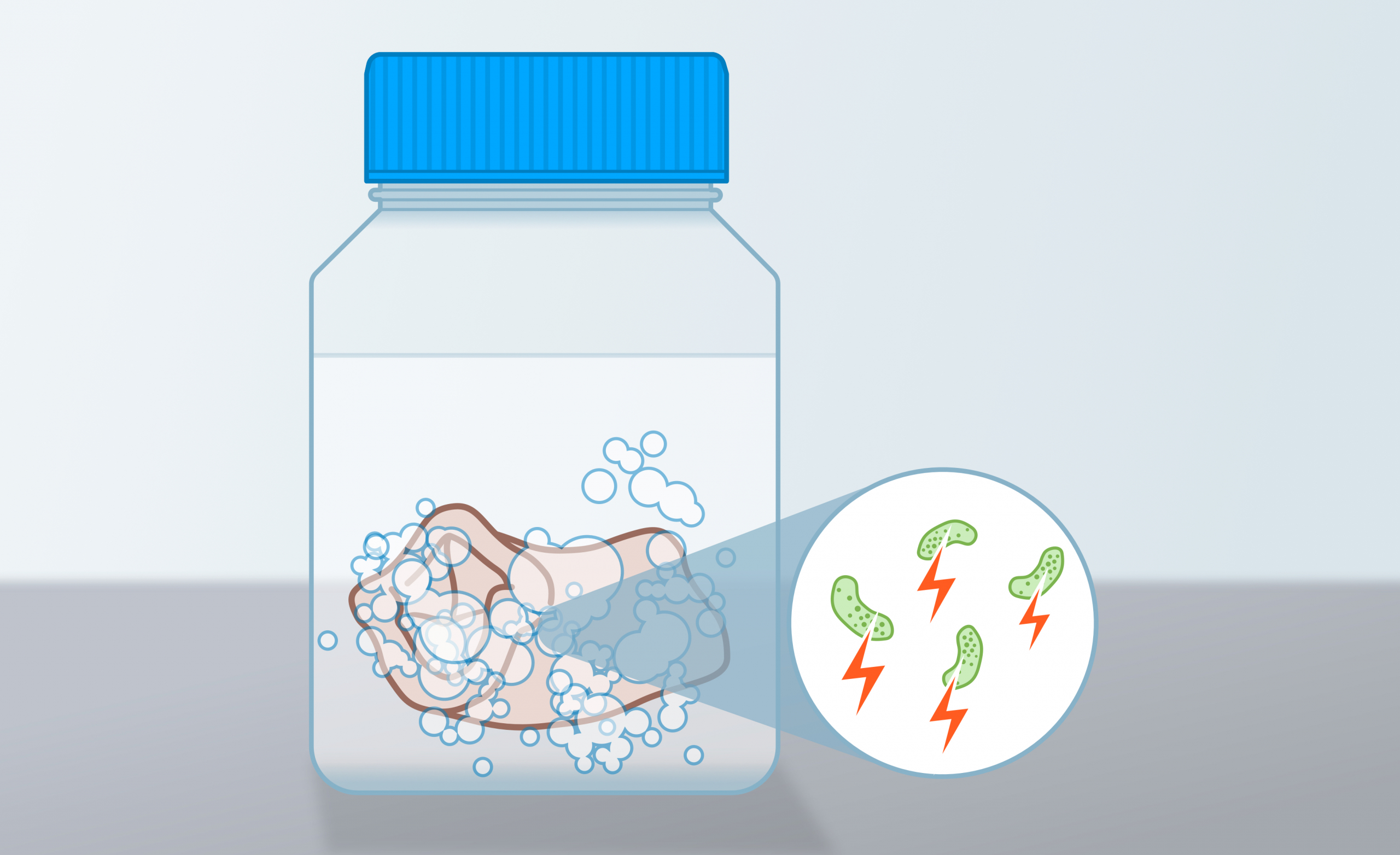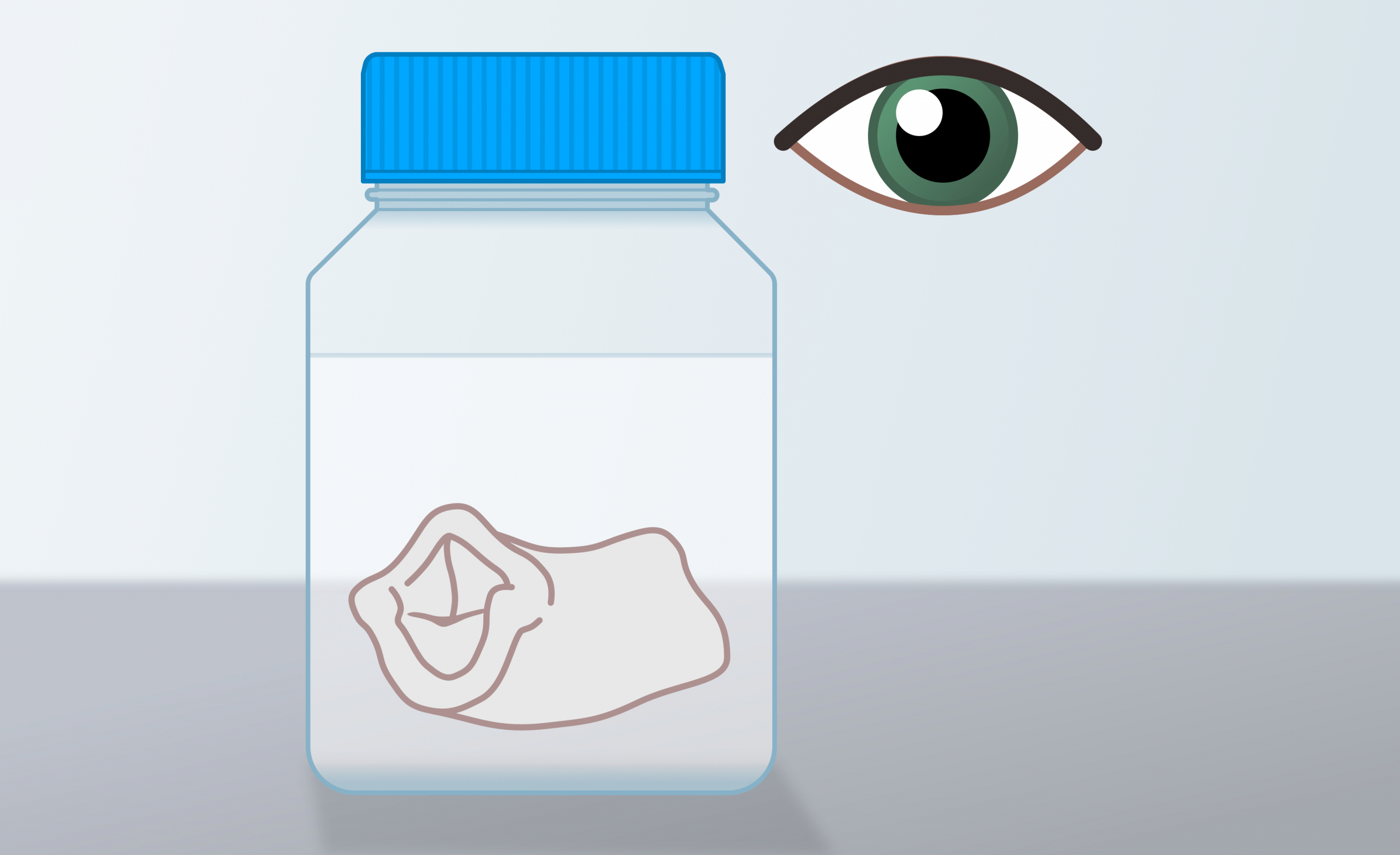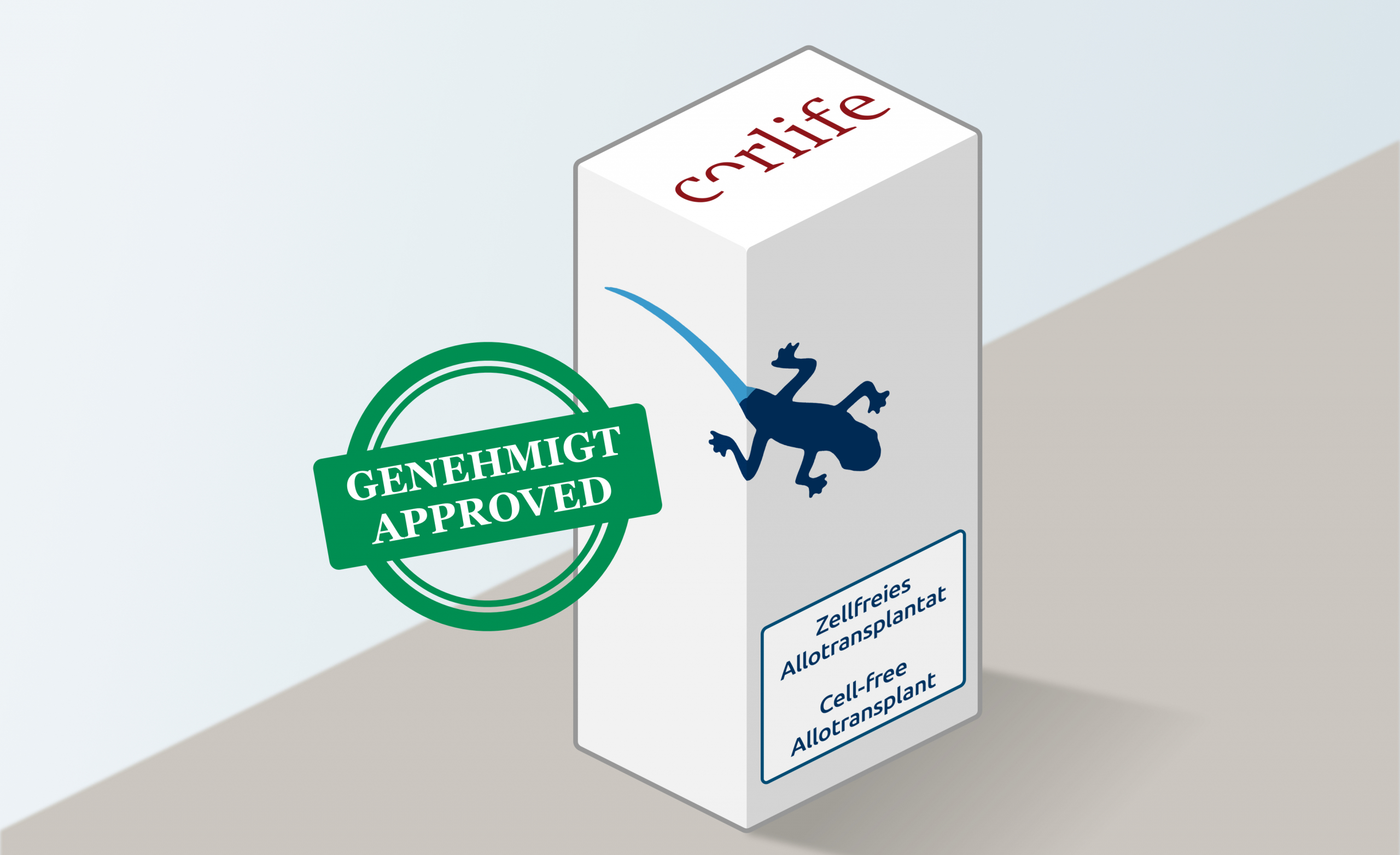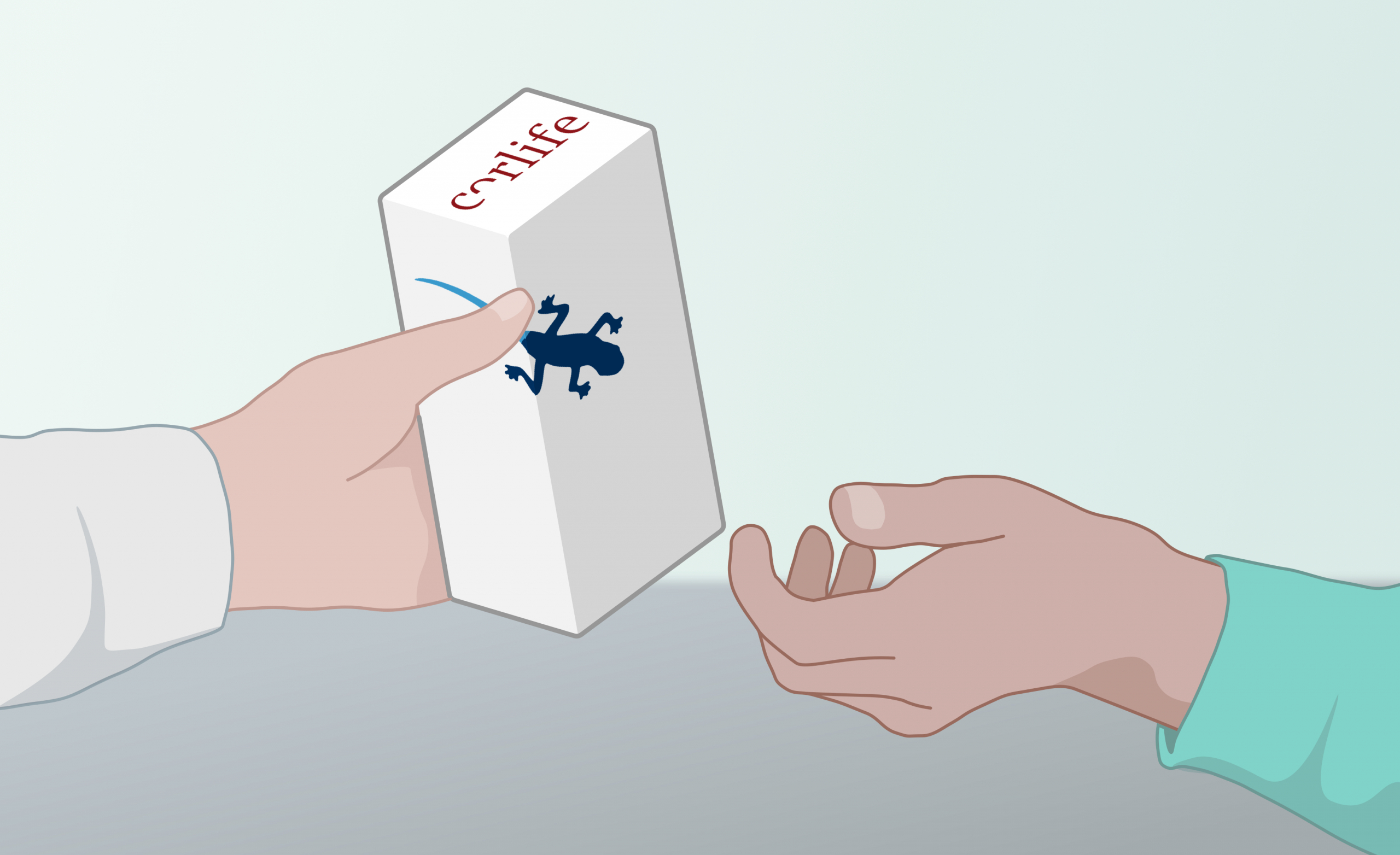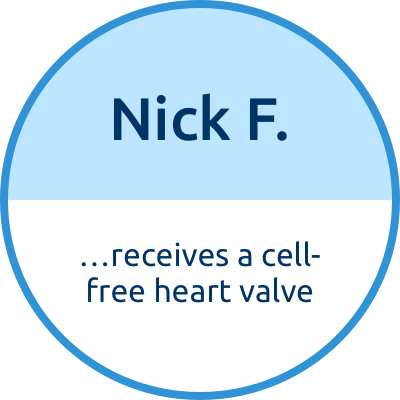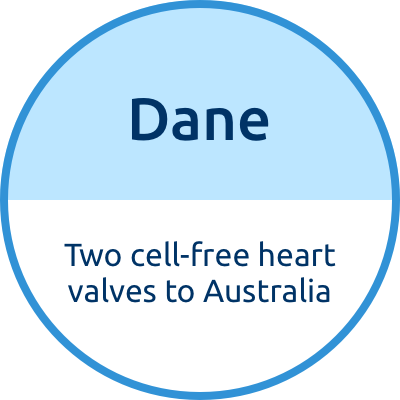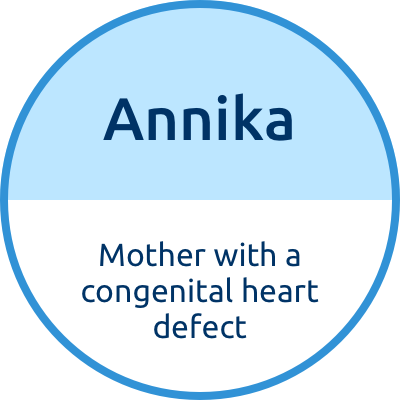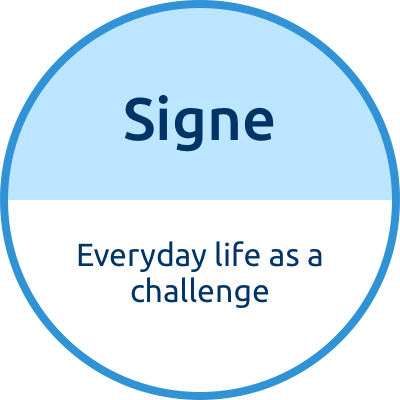Patients
Cell-free allografts
Cell-free allografts are tissue donations from which the donor's cells have been removed. Physico-chemical methods are used for this purpose. The process is also called "decellularization". What remains is the stable connective tissue. And this is what matters. The body cells make up only a very small proportion of heart valves and vessels. The heart valves and vessels act mainly mechanically as valves, or as blood conduits. These properties are provided by the connective tissue, which is completely preserved. Immediately after implantation, the cell-free allografts fulfill their purpose.
Acceptance by the body
Cell-free allografts are very rarely recognized as "foreign" by the patient's immune system. The connective tissue is immunologically silent. In contrast to the cells, whose surface markers are different in every person and are therefore recognized. Since the cells were washed out before implantation, they do not provoke the patient's immune system. The cell-free connective tissue offers the patient's body cells a natural environment for colonization. Different cell types gradually settle down and thus promote healing and regeneration. The natural shape and elasticity of the cell-free allograft facilitate the undisturbed blood flow.
Tissue Donation
Each individual cell-free allograft is derived from a tissue donation. The tissue can be removed many hours after complete cardiac arrest and therefore does not compete with organ donation. The tissue donation is carried out by independent, non-profit organizations with which corlife cooperates.
Sizes and availability
Although many people already donate tissue after they passed away, the need is greater. In addition, the geometry of the tissue donation must fit the recipient: a large person usually needs large allografts, a smaller person small. This is why there are regular waiting periods, which can last for months. The employees of corlife dedicate their full attention and care to each donation. With our Xellfree technology, we ensure the highest possible safety for patients.
The German competent authorities have approved these cell-free allografts for therapy:








Xellfree®-Technology
The process to a cell-free allograft takes about 50 days.
What happens during this time?
Discover more in this slideshow.
SALAMANDRA Study

SALAMANDRA is an observational study for patients with cell-free allografts. SALAMANDRA helps to increase the safety of these implants.
Both acquired and congenital heart disease may require surgical reconstruction or replacement of heart valves and/or arteries. The use of cell-free allografts can help avoid post-operative complications, especially in children and young adults. The aim of SALAMANDRA is to observe patients with cell-free allografts over a long period of time to learn more about their safety and benefits.
SALAMANDRA is an independent study coordinated at the Hannover Medical School. Corlife contributes to the costs of the study.
Please connect with sarikouch.samir@mh-hannover.de, if you want to join SALAMANDRA.

